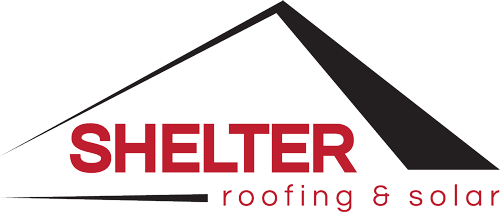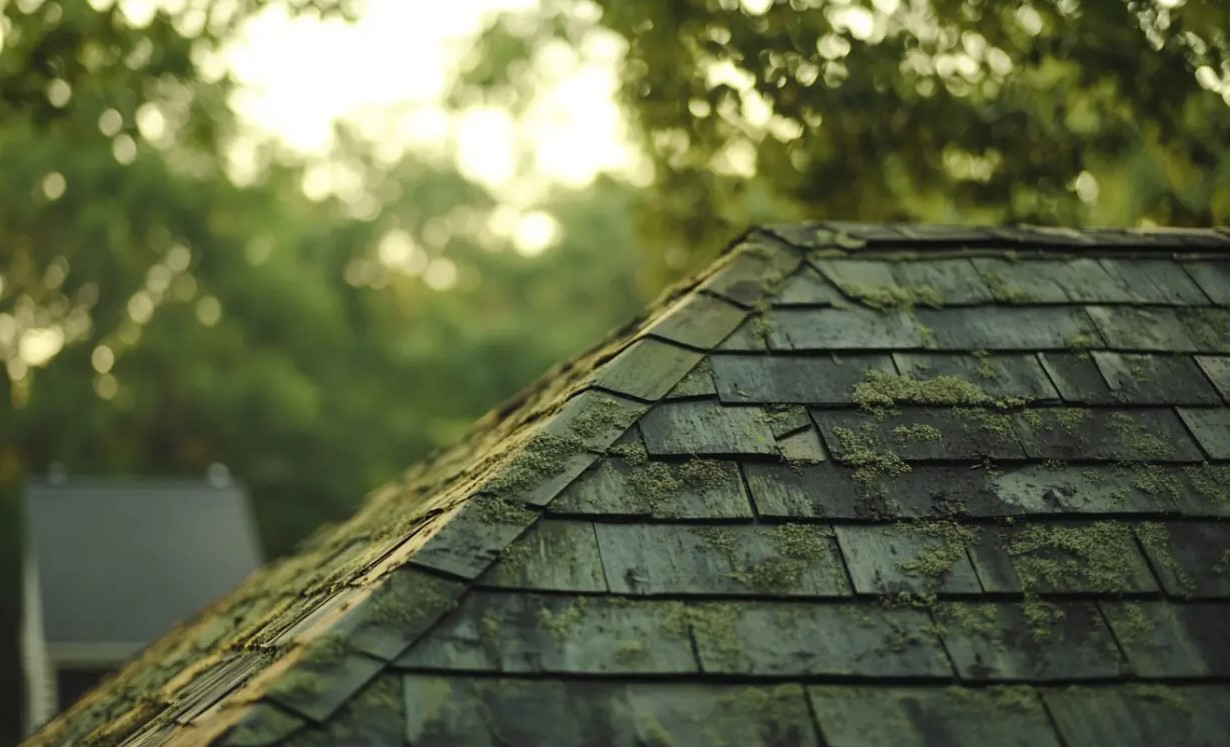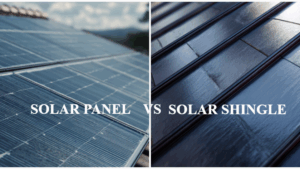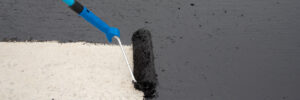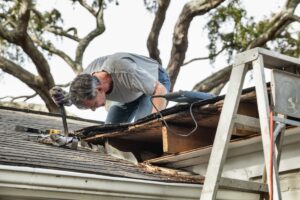Protect Your Coastal Roof with Smart, Preventative Care
If you’re a homeowner in Thousand Oaks or a nearby coastal city, you’ve probably seen the telltale dark streaks on rooftops—especially on homes shaded by trees or facing the ocean. These marks are usually roof algae or mold, and they’re more than just an eyesore.
In Ventura County’s coastal zones, the mix of moisture, morning fog, and shaded surfaces creates the perfect storm for algae, moss, and mold to thrive. And once they take hold, they begin breaking down roofing materials fast.
This post explains why preventative roof algae treatment is critical in coastal environments, what mold-resistant shingles actually do, and how you can protect your Thousand Oaks roof long-term.
Key Takeaways:
- Why algae and mold are common on coastal roofs
- How preventative roof treatment works—and what it costs
- When to upgrade to algae-resistant roofing materials
- How Shelter Roofing & Solar helps Thousand Oaks homeowners protect their investment
Need a roof check before the damage spreads? Shelter Roofing & Solar offers algae-resistant shingle installations, roof cleaning, and preventative treatments tailored for coastal homes.
Why Roof Algae and Mold Spread Fast in Coastal Areas
Moisture in the air and shaded roofs create ideal conditions for organic growth—especially in coastal neighborhoods like Thousand Oaks, Camarillo, or Ventura. Unlike inland areas, homes closer to the coast face year-round humidity and marine layer buildup.
What Grows on Your Roof—and Why It Matters:
- Gloeocapsa magma (algae): Causes black streaks, feeds on limestone in shingles
- Roof moss and mold: Trap moisture under shingles, degrading them faster
- Lichens and mildew: Embed into roof surfaces, causing long-term staining and damage
Problems Caused by Roof Algae and Mold:
- Reduces roof lifespan by 30–50%
- Voids manufacturer warranties if left untreated
- Leads to premature rot, leaks, and water damage
- Lowers home value and curb appeal
These aren’t just cosmetic problems—they’re structural. That’s why preventative roof treatment and algae-resistant shingles are essential components of any coastal roof maintenance plan.
What to Know Before Treating or Upgrading Your Roof
If your roof shows signs of algae, moss, or mildew, here’s what to know before you take action:
- Treatment Costs: Roof algae treatments usually range from $600–$1,500 depending on roof size and severity
- New Roofing Costs: Replacing with mold-resistant shingles can cost $12,000–$25,000+ depending on materials and slope
- Maintenance Frequency: Algae treatments typically last 2–5 years, depending on exposure
- Warranty Considerations: Algae-resistant shingles must be installed by certified contractors to maintain warranty coverage
At Shelter Roofing & Solar, we offer free inspections to help you decide whether you need treatment, spot repairs, or a full material upgrade.
How to Prevent Roof Algae and Mold in Coastal Homes
1. Install Algae-Resistant Shingles
Modern architectural shingles—like those from Owens Corning and CertainTeed—contain copper or zinc particles that inhibit algae growth. We install certified systems that come with up to 30 years of algae resistance.
2. Apply Preventative Roof Algae Treatments
We use low-pressure, roof-safe applications to treat surfaces before algae takes hold. These treatments are safe for tile, asphalt, and synthetic materials, and they extend your roof’s lifespan.
3. Use Zinc or Copper Roof Strips
When installed near the ridge, these strips release metal ions when it rains, creating a surface algae and moss can’t colonize.
4. Maintain Clean Drainage Paths
Clogged gutters and roof valleys are algae magnets. Make sure your roof stays clear of debris—especially under tree cover.
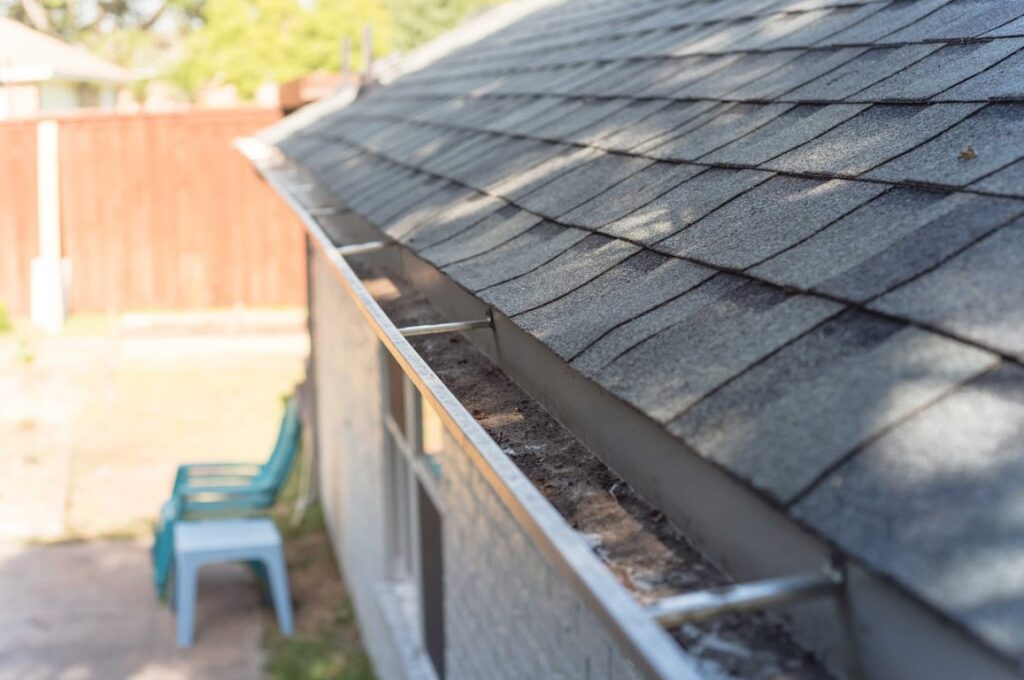
5. Improve Roof Ventilation
Mold thrives in poorly ventilated attics. Adding ridge vents or attic fans can help regulate moisture and air flow.
Choosing the Right Materials for Algae-Prone Roofs
But treatment is only part of the equation—material choice matters just as much, especially near the coast.
Which Roofing Systems Work Best Near the Coast?
| Roofing Material | Algae Resistance | Ideal For Coastal Areas? | Notes |
| Mold-Resistant Asphalt Shingles | High | Yes | Affordable, effective |
| Tile Roofs | Moderate | Yes (with underlayment care) | Can harbor mold under tiles |
| Metal Roofing | Very High | Yes | Low maintenance, rare in region |
| Wood/Cedar Shake | Low | No | Traps moisture, not recommended |
Shelter Roofing & Solar installs algae-resistant systems from Malarkey, GAF, CertainTeed, and Owens Corning—all designed for high-moisture, coastal performance.
Pros & Cons: Preventative Roof Treatments
| Pros | Cons |
| Delays the need for replacement | Needs to be reapplied every few years |
| Prevents shingle and deck damage | Doesn’t reverse existing algae |
| Maintains appearance & resale | Slight ongoing maintenance cost |
| Helps preserve manufacturer warranty | Not a one-time solution |
Thousand Oaks Roofing FAQs: Roof Algae & Mold Treatment
If you’re still unsure about roof algae, mold, or how preventative treatments work in coastal climates like Thousand Oaks, these answers can help clarify what you need to know.
What time of year is best for algae prevention treatments?
The best time for roof algae prevention treatments in Thousand Oaks is fall or early spring, when conditions are dry and mild. Treating before the rainy season ensures your roof is protected when moisture is highest.
Can roof mold affect indoor air quality?
Yes, in severe cases, roof mold can lead to moisture intrusion and attic mold, which may affect indoor air quality if left untreated.
Do trees around my home increase the risk of roof algae?
Yes, overhanging trees increase roof algae risk by providing shade and dropping organic debris that holds moisture—both ideal conditions for algae and mold growth.
How do I know if I have algae or something more serious?
Algae typically appears as dark streaks or light green film. If you see thick moss, lifting shingles, or rotting wood, the issue may have progressed into mold or structural damage and needs immediate inspection.
Can I install algae-resistant shingles over an old roof?
Algae-resistant shingles should not be installed over old roofing. Proper performance and warranty coverage require a clean deck and full removal of the previous layer.
Final Take: Coastal Roofs Need Coastal Solutions
Living near the coast brings undeniable benefits—but it also means your roof works harder. Algae, moss, and mold are serious threats to the longevity of your roofing system, and ignoring them will cost more in the long run.
Whether you’re seeing streaks, dealing with moisture issues, or planning a new installation, preventative roof algae treatment and smart material choices are your best defense.
Shelter Roofing & Solar has been helping Thousand Oaks homeowners with roof maintenance and mold-resistant roofing systems for over 40 years. We install it. We warranty it. We stand by it.
Schedule your free roof inspection today and stay ahead of the next storm—or the next patch of algae.
